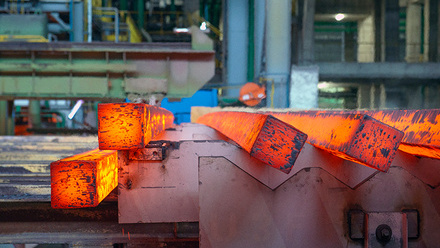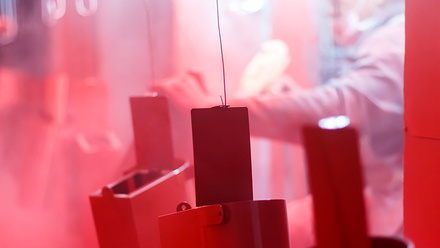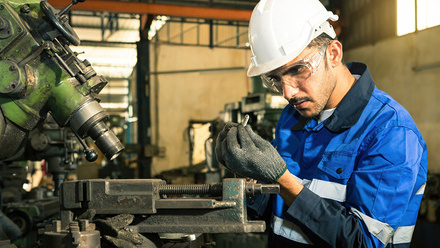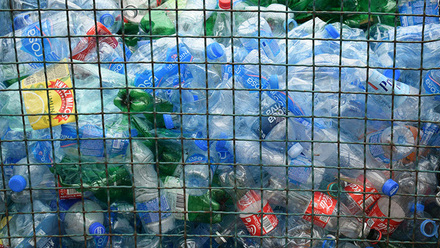Coating cleans up catheters
An acrylate copolymer material has been discovered to prevent bacterial infections typically caused by biofilms on catheters.
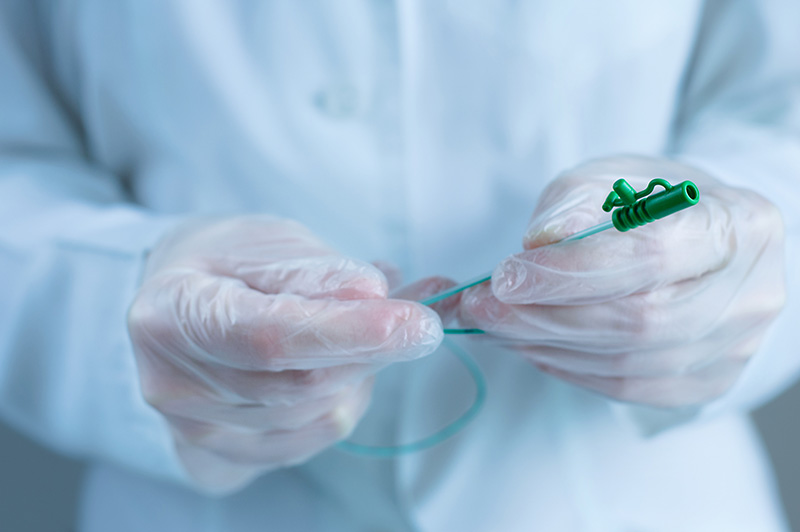
The new coating is reported to be resistant to single- and multi-species bacterial biofilm formation, swarming, encrustation and host protein deposition – all major challenges associated with catheter-associated urinary tract infections (CAUTIs).
The research was led by a team of scientists at the University of Nottingham, UK.
Professor Morgan Alexander says, 'The reason we chose urinary catheters was because it’s one of the most common medical devices in healthcare.'
Proteus mirabilis has a unique ability to swarm and form large bacterial ‘rafts’ on hard surfaces that cover large distances, for example, up to the length of a catheter in the bladder. It is also responsible for driving biomineralisation or encrustation inside the catheter which results in blockages that can lead to serious kidney infections and septicaemia. Encrustation around the outside also makes removal of catheters extremely painful for patients.
Through progressive experiments, the Nottingham team has established an acrylate copolymer with properties that reduce swarming by 78% (reduction in migration speed) compared to the uncoated silicone rubber.
However, the exact process by which materials create resistance to bacteria swarming is not yet clearly established.
Alexander expands, 'There’s no underlying theory to how bacteria form biofilms on materials, or how they swarm on material – certainly, there’s no way for us to say well, okay, this is how it happens…So, what we did was we screened materials, we took as many materials as possible, and found ones which had the desirable properties.'
Mineralisation is also reduced by 64% on the copolymer compared to uncoated silicone rubber in the presence of a proteus biofilm. Multi-species bacterial biofilm formation is reduced on average by 85%, and host protein deposition is reduced by 81%.
In 2012, the researchers discovered a material that prevented bacterial biofilms being formed by Pseudomonas aeruginosa, Staphylococcus aureus and Escherichia coli. P. aeruginosa and S. aureus are problematic for device-associated infections generally, while E. coli commonly causes CAUTIs.
This new research builds on this previous work with tests against the bacterial pathogen Proteus mirabilis – specifically its ability to swarm and cause catheter encrustation – which is unique to CAUTIs.
Professor Andrew Hook says, 'We always had this lingering question as to whether the material that we previously discovered…could be modified to prevent swarming and biomineralisation.
'We have tested more than 450 acrylate polymers and discovered that by combining two different monomers, we could create a new material that is all-encompassing and prevents multi-species biofilm formation, swarming and biomineralisation. This is totally unique and currently the only biomaterial capable of preventing swarming that we are aware of.'
The monomers are all commercially available as a starting point, making it easy to rapidly synthesise and test. The material has crucially proved non-toxic in laboratory tests
The team is collaborating with a company called Camstent Ltd, as Alexander says, 'and that’s in a big clinical site… This swarming addition to that ability is going to be for next-generation products.'
The coating potentially has applications for anywhere where bacterial biofilm formation is problematic, ranging from food processing to touch surfaces in the environment.



